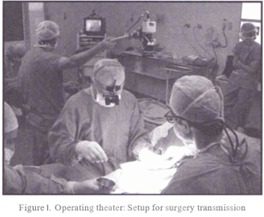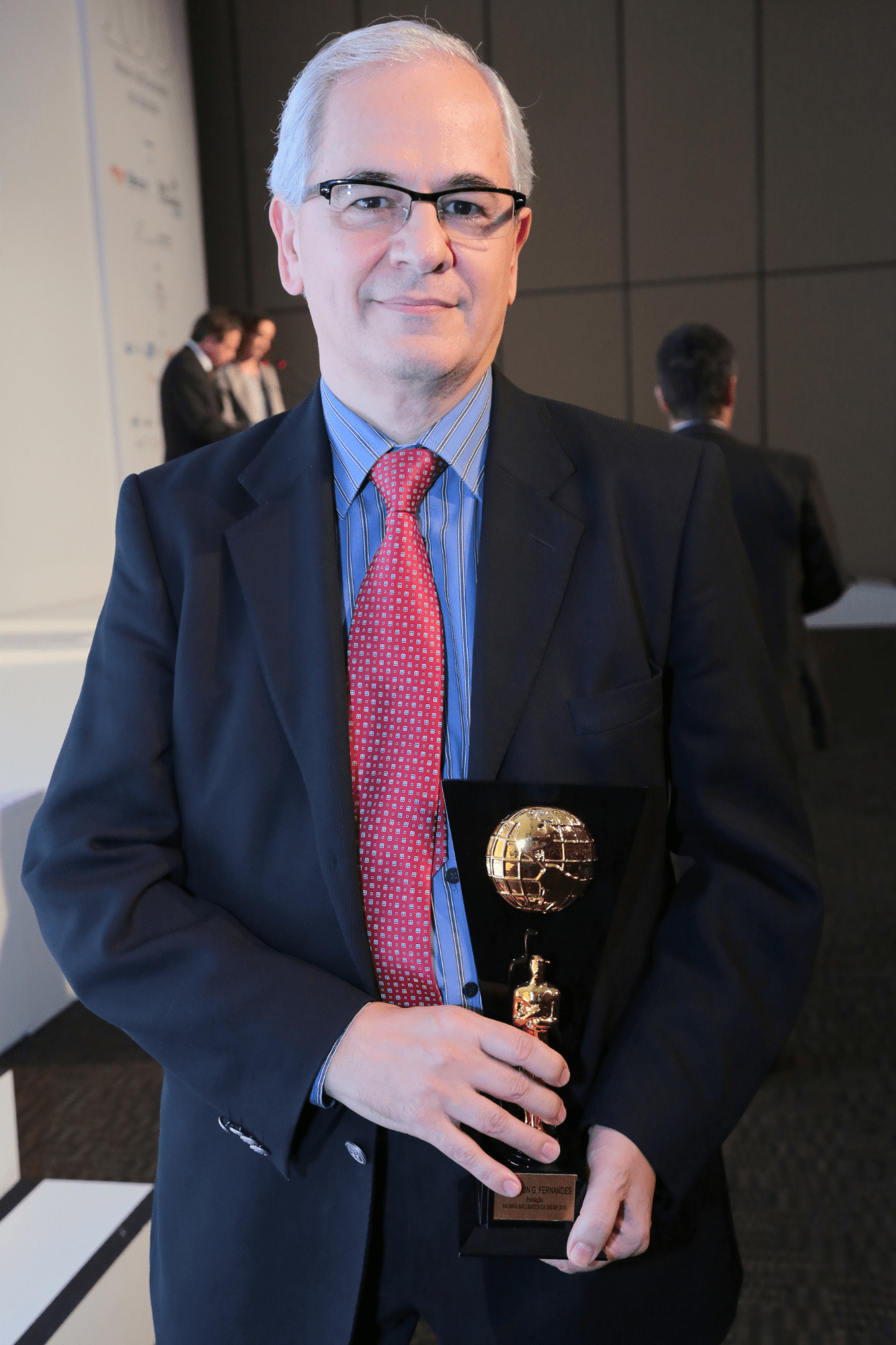In 2008, in the module Approach to Medical Practice, under my coordination, for second-year medical students, I included the practice of telemedicine as content. It was one of the pioneering insertions of the topic of telemedicine into the undergraduate medical curriculum in the country.
In it, we created an e-health education project for medical students “Tele-Surgery: A New Virtual Tool for Medical Education”, developed together with the PUCRS Telemedicine Group.
Undergraduate students were introduced to new concepts of medical care, remote second opinion and to telecommunication system whilst virtually experiencing surgical procedures and lectures.
Virtual surgery transmissions and lectures between the operating theatre and the lecture hall were accomplished by an audio-video system in both places.
The professor in the lecture hall was able to choose from three sets of images using either a direct current control device connected via the coaxial wire operating theatre-based image acquisition equipment or by asking the technician to alter the view (Figure 1).
The audience was able to communicate with the surgeon using a wireless microphone connected to the audio system in the lecture hall. Just before the surgery began, an assistant physician or a resident physician presented the case of the patient who was going to undergo surgery to the students.
Tele-surgery lectures were also transmitted from PUCRS to partnering medical schools such as the Kaunas Medical University in Lithuania.
Subsequent transmissions were made to undergraduate students at medical schools in Estonia and Poland.
This teleeducation experience was very well received by both participating teachers and students, as a complementary form of teaching and learning in the undergraduate medical course.


Thais RUSSOMANO, Ricardo B. CARDOSO, Jefferson G. FERNANDES, Paulizan G. CARDOSO, Jarcedy M. ALVES, Christina D. PIANTA, Hamilton P. SOUZA, Maria Helena L LOPES
Microgravity Centre, School of Engineering, PUCRS University, Porto Alegre, Brazil | School of Medicine, PUCRS University, Porto Alegre, Brazil | Hospital São Lucas, PUCRS University, Porto Alegre, Brazil
Medical Informatics in a United and Healthy Europe. Proceedings of MIE 2009. © 2009 European Federation for Medical Informatics. DOI: I0.3233/978-1-60750-044-5
This project aimed to support hospitals operating within the Unified Health System (SUS) in developing qualified care for patients with acute stroke, through a training program and specialized second opinion…
Teledermatology Project providing specialized medical support to remote communities in the Amazon region, using telecommunication systems and mobile technologies. The patients were…

Tele-education project for medical undergraduate students in which they were introduced to new concepts of medical care: telemedicine, remote second opinion and information and communication…
Transformations and advancements in medicine are happening exponentially. Physicians and healthcare professionals face ongoing challenges with the emergence of disruptive technological innovations, such as advanced genomics and artificial…